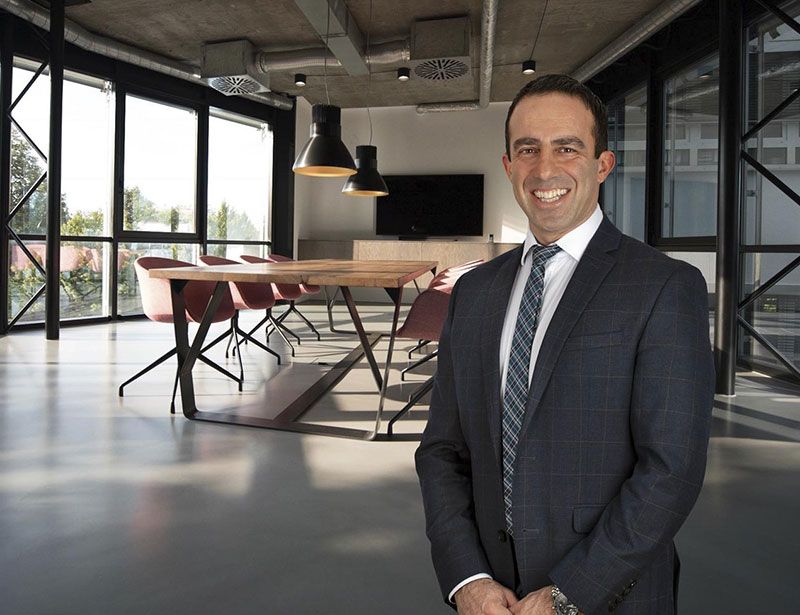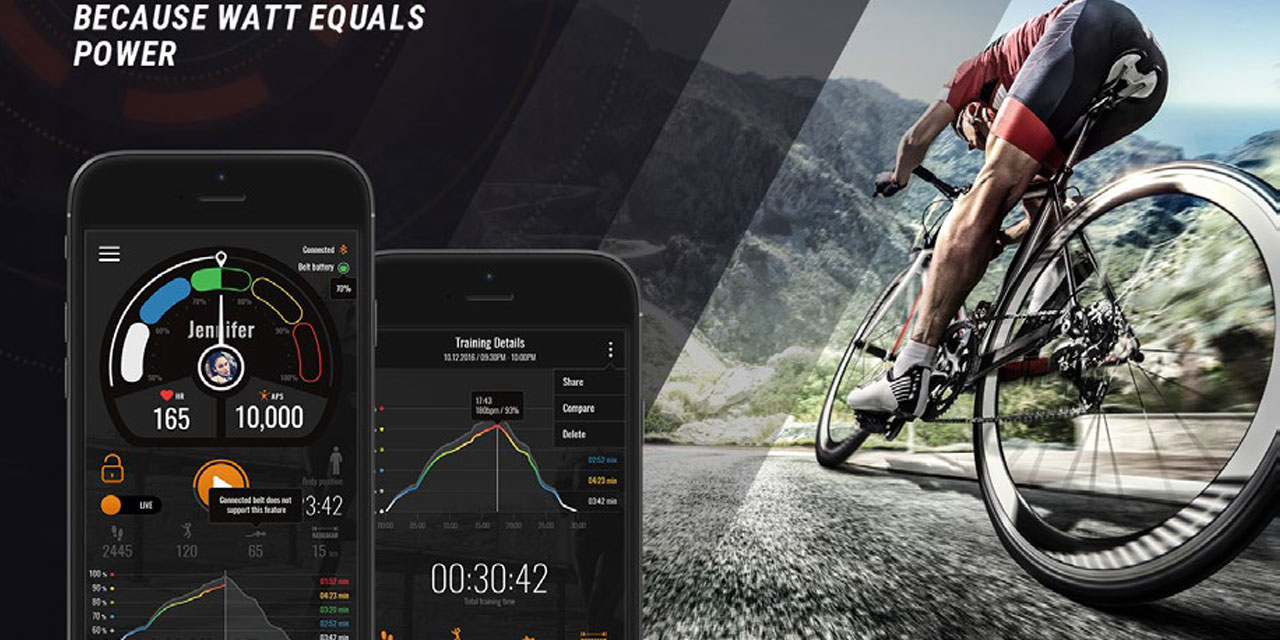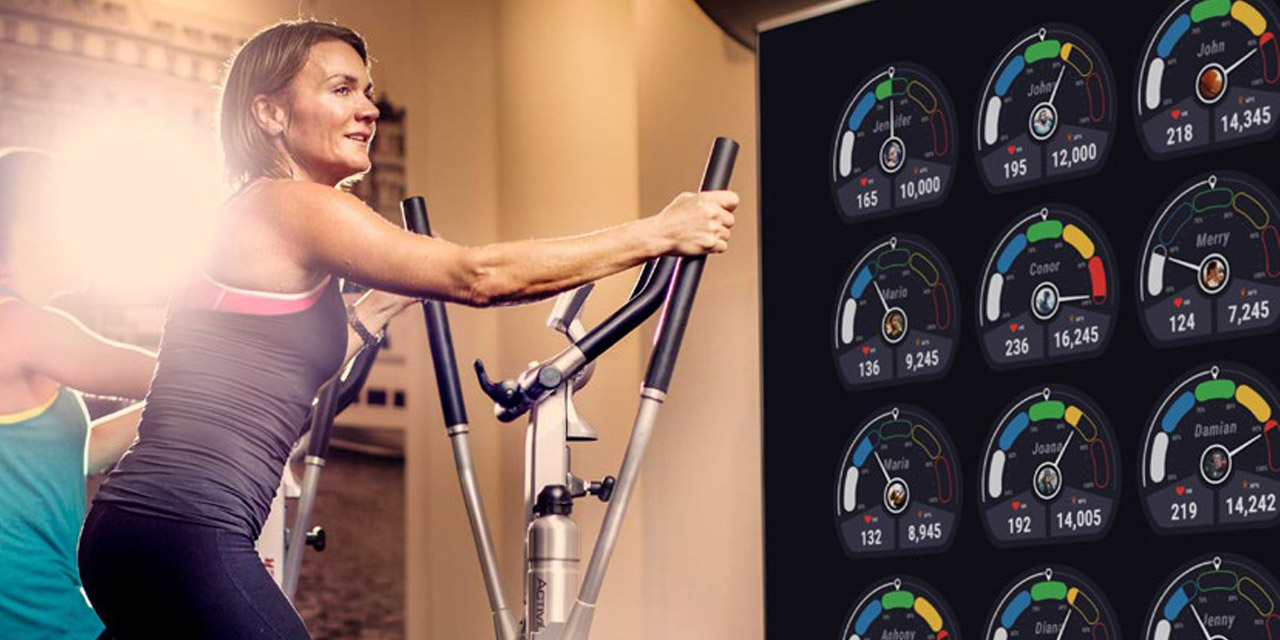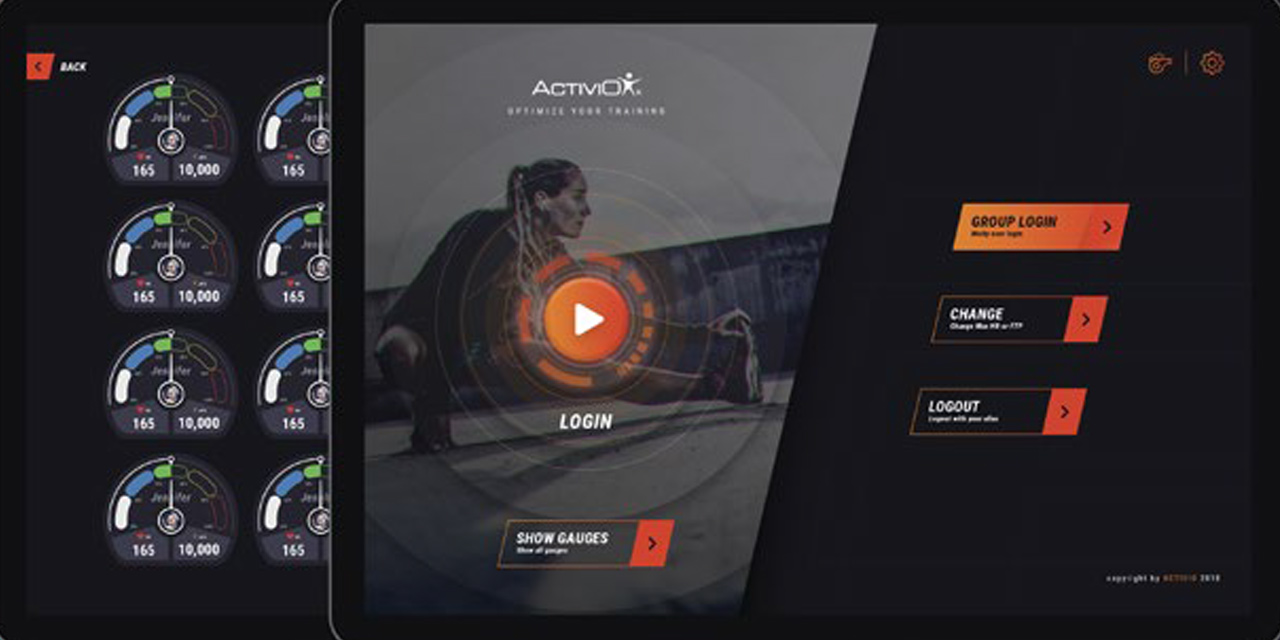Indoor cycling trends
Why health is the future of fitness

“What the fitness industry needs to recognise is that training isn’t about being in a certain location,” says ACTIVIO CEO Moris Lahdo. “Health club membership might work for some people, at certain points in their life, but there are lots of other ways to exercise.
“Fitness and training is about where you are in your life right now, and as an industry we need to acknowledge and address this. We need to follow people throughout their life journey, assuming a broader responsibility: that of getting more people, more active in whatever way is best suited to them at that moment.”
He continues: “Technology isn’t the only answer to this challenge, but it certainly has a big role to play – and the likes of Apple and Google are well aware of this. While the fitness industry is busy looking inwards and focusing on membership sales, these tech giants have identified a bigger opportunity to focus on the preventative healthcare agenda. In the next few years, I expect them to create a platform that will connect everything with everyone – where all you need to manage your health is your smartphone – and this will mark the end for a lot of traditional fitness companies.
“Our industry will be fundamentally disrupted unless we start working smart and working with each other. We need to connect and create a seamless platform for end users – one that educates people about their training, their nutrition, their sleep. One that centres on improving health rather than selling memberships; the latter should come once people have got moving, but it can’t be the starting point.”

He adds: “The starting point to getting fit and healthy is a fitness tracker or app with training recommendations: something that gets you off the couch and out for a gentle five -minute walk. Perhaps it’s prescribed to you by your doctor. Perhaps your friends recommend it. Whatever the catalyst, one thing is certain: the gym won’t be the natural first port of call for people who are currently inactive.
“To appeal to these people – and let’s not forget, this is the vast majority of the population – the fitness industry needs to adapt. This is our challenge and this is what we should be talking about, not selling memberships to the 10–15 per cent of already active individuals. If we don’t solve this for ourselves, believe me, Apple and Google will come in and solve it.”
Towards a solution
Lahdo explains: “This is something we’ve prioritised at ACTIVIO. Of course, we have great solutions for health clubs, studios and fitness centres – our roots are in professional sports and it remains our mission to optimise the training experience. In a health club environment, we motivate people to push themselves and achieve great results.
“But that doesn’t mean we can’t make our products relevant to the rest of the population, helping less active people to also achieve great results by taking baby steps.”
He continues: “In Sweden, where ACTIVIO is headquartered, a lot of people are prescribed physical activity by their doctors. That’s great, but technology-wise it’s a very closed system. Now imagine instead a system whereby your activity data is sent up to a cloud, to be shared with whoever it is who’s helping you improve your health – your doctor, your fitness coach, your mentor. This is how ACTIVIO works.
AS AN OPERATOR, HOW DO YOU DESIGN YOUR PROGRAMMING SO PEOPLE FEEL THEY’RE MAKING PROGRESS?
“ACTIVIO also becomes a coach inside your smartphone, recommending exercises and activities to help you towards your goals. To start off, it might prescribe 3 x 5-minute walks each week, telling you to stay in the blue heart rate zone – so just a gentle stroll to get moving. It’s about helping people accept the need to train in the first place, as well as helping them easily understand how to do that – how to live a healthier life.
“We also do a lot of work with schools. Kids are incredibly motivated by our system – even kids who are usually totally sedentary. The moment they put on an ACTIVIO heart rate belt and see their colour-coded gauge on the screen at the front of the room, they start running around to see how high they can get their heart rate. It’s about creating movement and joy at this age. In the end, they may become gym members – but not if you don’t intervene when they’re still children, getting them away from their phones and their tablets and getting them moving.”
He adds: “ACTIVIO is already used by over a million people every month. If we can continue to expand into new markets, and continue to extend our capacity to prescribe, I believe we can help whole populations to become healthier.
“I also believe this is what the whole fitness industry should be doing – connecting different levels and groups in society to encourage movement and health.”
The consumer is king
Even within the health club environment, a key goal for ACTIVIO is helping exercisers realise how their training impacts their overall health, by giving them ownership and understanding of their training data.
Says Lahdo: “ACTIVIO’s mission has always been to optimise the training performance. To this end, one of our key USPs is the way we present training data.
“When you’re under stress – during exercise, for example – the brain finds it harder to process
TO IMPROVE HEALTH, WE HAVE TO ACCEPT THAT PEOPLE OWN THEIR OWN DATA
numbers and figures. Based on this scientific insight, we made a conscious decision to use a simple analogue display for the ACTIVIO system: a gauge that looks a bit like the speedometer in a car, but where colours replace the numbers around the edge. The coach tells you to hit a specific colour zone and you gear your effort level accordingly – and that’s it. You learn how each zone feels, and that’s what’s important.”
This approach is constant across ACTIVIO’s portfolio of products, from the premium, fixed installation to the portable, tablet-based solution to the power solution that wirelessly collects data from indoor bikes. It’s also the approach in the brand new ACTIVIO Next Level platform, which will be launched soon.
What’s equally important about ACTIVIO Next Level is the open nature of the platform. Lah-do explains: “We’re already seeing consumers bringing their own smartphones and wearables into health clubs, and this will only increase over the coming years. They want to be able to use their own device, to wear their choice of heart rate belt or monitor in class. Closed systems will become less and less relevant.
“ACTIVIO Next Level is therefore an open platform that will work with all the major brands of heart rate belt. We will also integrate our solution with Apple Health, GoogleFit, Strava, Runkeeper and so on. If the member wants to use an ACTIVIO belt, great – they will be able to benefit from all the measures we can track, from heart rate and power, to pace and distance through our memory recording and accelerometer technology.
“But belt sales aren’t our priority. We want to be a ‘hub in the club’ that allows for excellent coaching, motivation and education – and where the club is at the heart of that experience – but where the member uses their own tech. They get to choose where their data goes after the workout.
“If we want to help people improve their health, we have to accept that they own their health data.”
Enhancing the experience
He concludes: “Interestingly, adopting this data-based approach also enhances the training experience, which in turn improves member retention.

“Training data can add huge value to the indoor cycling experience too. In cycling classes across the sector, there’s a lot of stuff going on these days to keep people engaged: virtual footage, immersive experiences, real-time inter-club competitions and races. This is all great and will continue to play a big role in the future of indoor cycling, but I believe education is also key. Why should people do CV training?
Why should they cycle? Entertainment is great, but members need to know why they’re doing what they’re doing.
“We also need to add recommendations into what we do. What should be someone’s next workout? How can they progress? And as a gym operator, how can you design progression into your programming each quarter so people feel something is actually happening as a result of their exercise – that they’re making progress?
“Monitoring lies at the heart of all of this – heart rate, power and so on. In itself, it adds to the experience. It makes exercise very engaging when you can see your data in front of you and understand how what you do in your workout can affect it.
“But it’s also about showing someone how they’ve progressed. It’s about showing them how they’ve improved their health.
“If the fitness industry wants to be attractive in the future, it needs to focus on health – on helping people live a healthy lifestyle, and live it for many years.”
INTRODUCING ACTIVIO NEXT LEVEL: THE HUB IN YOUR CLUB

A new ACTIVIO Points™ (APS) system awards points to exercisers according to the effort they put in during their workout. This evidence-based system is linked to the ACTIVIO Sport Solution for professional teams.
-
Track and analyse a variety of performance metrics including heart rate, power, cadence, distance, APS™, calories and more.
-
Run fitness tests in class, from FTP to VO2 max. After each test, display the results and upload them for future use – a great way to boost member motivation and track progress over time.
-
Offer team competition mode, leaderboards and gamification to motivate members during exercise – and afterwards, with social media integration allowing members to share their training experiences.
-
Use structured workouts in your classes or let your instructors create their own workouts, which they can share with other instructors in your club. Using Virtual Trainer, club instructors can design their own class profiles – based on heart rate or power – and run those classes on the group exercise screen.
-
OPEN ACTIVIO™ doesn’t tie customers to specific technology: they will be able to use heart rate monitors from all the most popular brands and wearables.
-
A new cloud service will connect to the likes of Strava, Runkeeper, Google Fit and Apple Health.
-
An updated training app will offer memory recording and acceleration features.
-
Developed for future system integrations with modern API.
-
A new instructor education platform offers five different lecture programmes to share the latest science around heart rate training and power (watts) training.

Conceived, powered and funded by BODY BIKE®, RIDE HIGH has a simple mission: to celebrate and champion the very best of indoor cycling, sharing ideas, stories and experiences from around the world to inspire the sector on to even bigger and better things. Subscribe for free by leaving your details below and we'll send indoor cycling's hottest news direct to your inbox three times a year.






